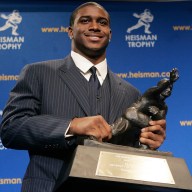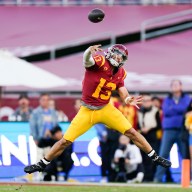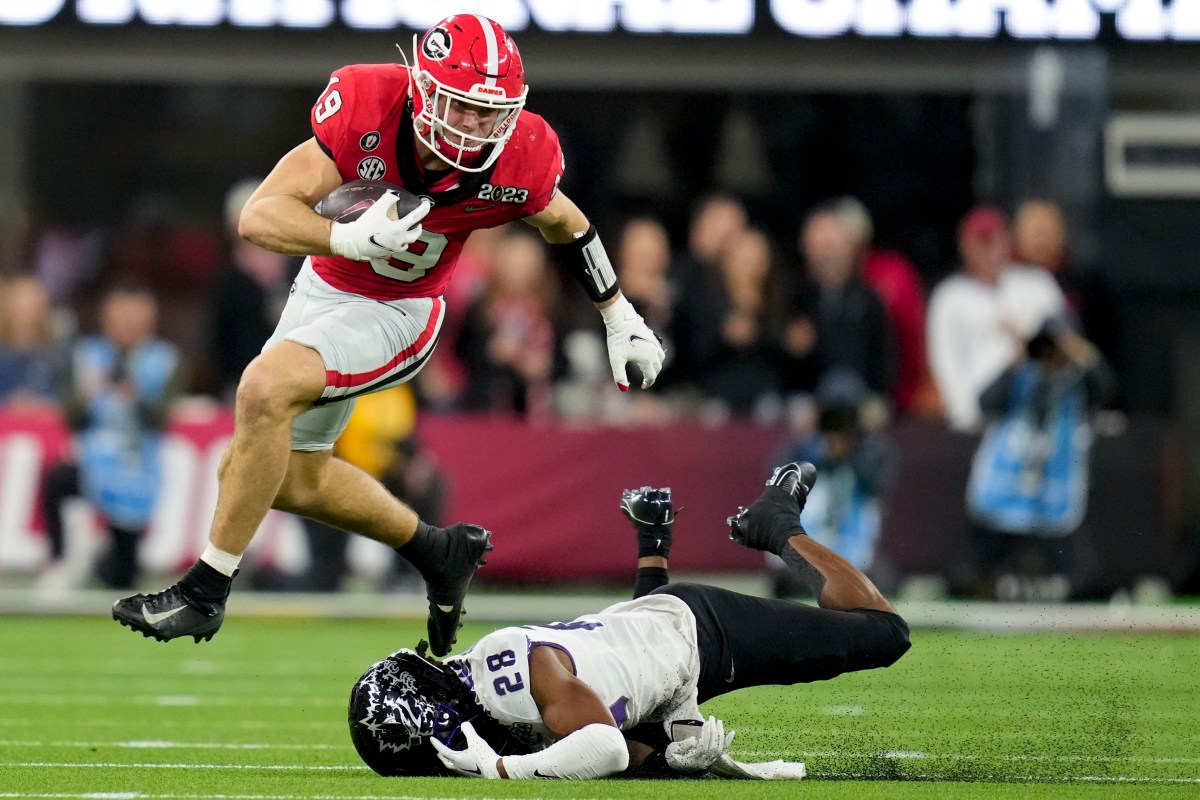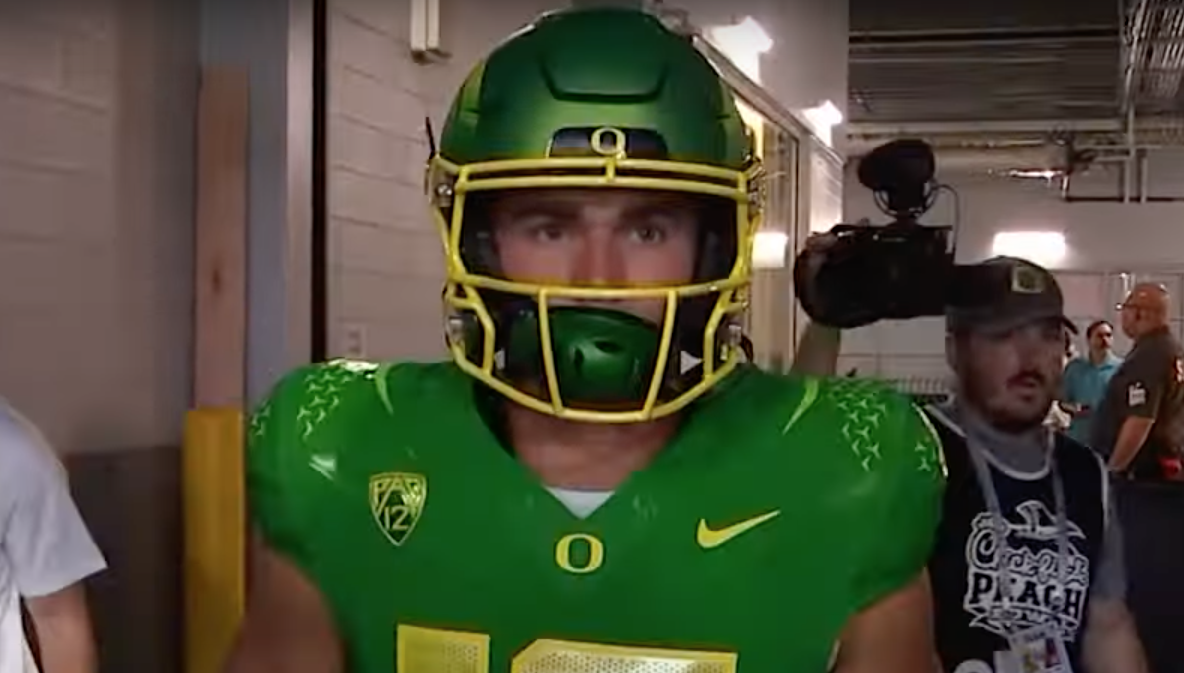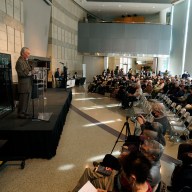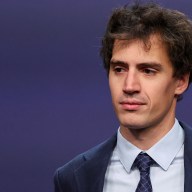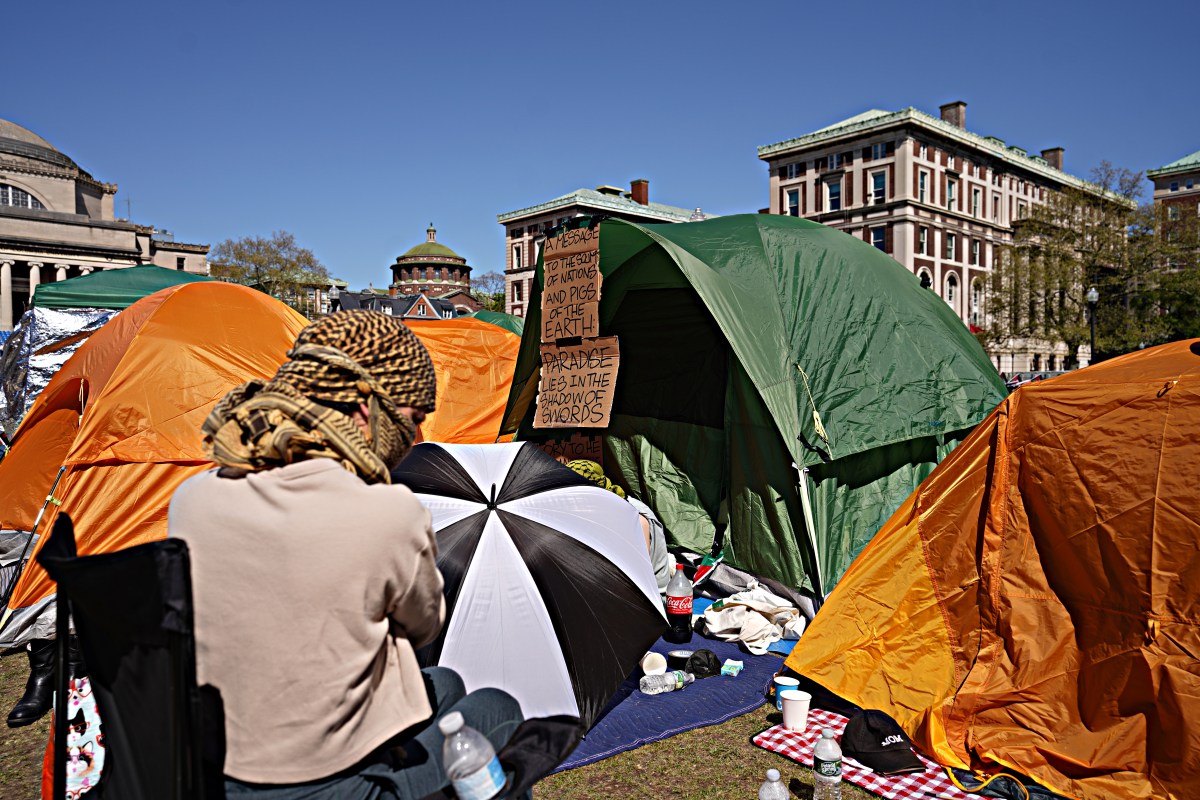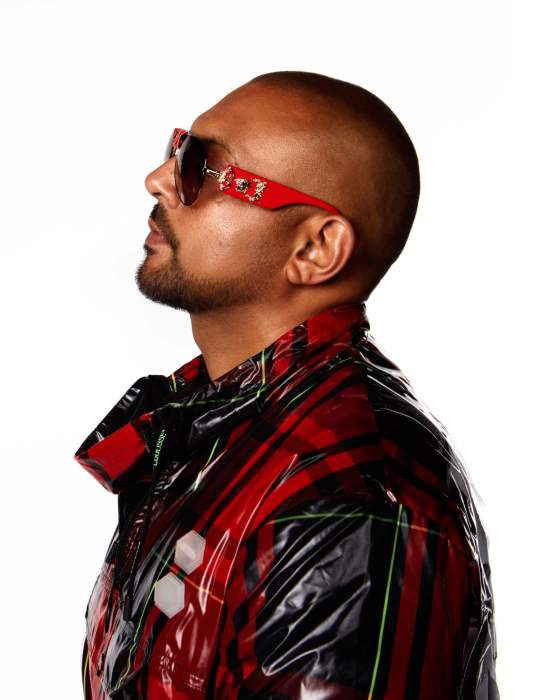CAPE CANAVERAL, Fla. – The six experienced astronauts making space shuttle Endeavour’s final voyage are as tight as brothers after nearly two years together as a crew and the tragic shooting of the commander’s congresswoman wife.
No crew in NASA history has had to endure such a horrific — and public — event.
Each man says the attack on U.S. Rep. Gabrielle Giffords — wife of commander Mark Kelly — has brought them closer as a crew.
A brief look at each spaceman:
___
Navy Capt. Mark Kelly is quite possibly the best known commander in shuttle history.
He’s married to Democratic U.S. Rep. Gabrielle Giffords, who was wounded in January at a political event in Arizona. She made it to the launch, as well as the first attempt more than two weeks ago.
Kelly is also one-half of the world’s only pair of space siblings; identical twin Scott is also an astronaut. He, too, was on hand for the liftoff. The brothers never miss each other’s launch.
Kelly took a monthlong leave from training to be at his wife’s hospital bedside. He returned to work in February, saying she’d want him to do the mission — his fourth. He insisted he could focus on the flight to the International Space Station; NASA says he has.
Kelly, 47, grew up in West Orange, New Jersey, fascinated by the Apollo moon missions. It wasn’t until he was in the Navy, flying off aircraft carriers and serving as a test pilot, that he decided to apply to the astronaut corps. He was accepted in 1996 with his brother.
He’s flown twice as a shuttle pilot and once before as a skipper, experience that enabled him to take time off during training to tend to Giffords. He is in charge of the delivery of a $2 billion magnetic device that will seek out antimatter and dark energy.
“I’ve got a great mission, I’ve got a great crew. I’ve got what I think is going to be some of the most important science that the space station does,” Kelly said.
___
Pilot Gregory Johnson became the crew’s spokesman in the wake of the Tucson shooting, while Mark Kelly was on leave.
He pushed for the crew to continue training, and a backup commander was named in case Kelly did not return. Two of the astronauts assigned to the mission, while veteran spacemen, had never flown before on a shuttle.
“It was important to me to keep those guys in the fight,” Johnson recalled. “It actually worked quite nicely, considering how terrible the situation was.”
This is the second shuttle flight for Johnson, 49, a retired Air Force colonel who grew up all around the world in a military family and went to high school in Fairborn, Ohio. He was inspired to become an astronaut on July 20, 1969, the day men first landed on the moon. He was 7 years old.
He flew combat in the early 1990s in the Middle East. NASA picked him as an astronaut in 1998; he rocketed into space 10 years later.
Wife Cari is a kindergarten teacher, and he filled in for her one morning a few months back. The children knew who he was; his picture adorns the classroom.
“It was great … I read a Dr. Seuss book about space, and we talked about what the sun was, and went through all the planets.”
The couple has two sons, ages 16 and 17, and a 13-year-old daughter.
___
Gregory Chamitoff is making his second space flight, but this time, he feels the risk more.
That’s because his twins, Natasha and Dimitri, are 6 now. They’ve asked him point-blank, “Is it dangerous?”
“Not that I didn’t feel it (danger) before, but I think maybe before, I was overwhelmed by my own dreams of flying,” he said.
Chamitoff, 48, an engineer and planetary scientist, spent six months on the International Space Station in 2008. He’ll be off the planet just 16 days this time, but his daughter doesn’t want him gone for any length of time. His son, on the other hand, “is already planning the mission we’re going to do together.”
He will perform two spacewalks at the space station.
His wife, Dr. Chantal Caviness, is a pediatrician.
He’s originally from Montreal, Quebec, but the family moved to California when he was 11 and he graduated from high school in San Jose. His father was a huge “Star Trek” fan and general space nut; he told his son he’d gone to school with Capt. Kirk, aka William Shatner. It became real for Chamitoff when he got to see the Apollo 11 launch to the moon, during a family vacation to Florida.
“I was 6 and that was it — I told my dad at that point, I wanted to do that and never changed my mind.”
He joined mission operations at Johnson Space Center in 1995, doing spacecraft control monitoring, and became an astronaut in 1998.
___
The last time Italian astronaut Roberto Vittori flew to the International Space Station, he took his cellphone with him.
It was an accident. He used it for last-minute communication before boarding a Russian Soyuz rocket in 2005, then put it in a pocket.
He still uses the phone, even though “it is breaking apart.” It has sentimental value for him. He noted sadly: “Eventually, it will just fail.”
Vittori, 46, a colonel in the Italian Air Force, was chosen as an astronaut by the Italian Space Agency in 1998. He joined the European Space Agency the next month. He flew to the space station via a Soyuz in 2002 and again in 2005. Each trip lasted a week.
He will use the shuttle robot arm to lift the $2 billion particle physics detector from the payload bay; 16 countries are collaborating in the project, many of them European.
Vittori will join an Italian already at the space station, Paolo Nespoli. Two Italians have shared space in space just once before.
He’s taking the makings of an Italian feast: pasta with either mushrooms or spicy peppers, sausage, chocolate and fruit candy, as well as bite-size pieces of Parmigiano-Reggiano. Breaking apart a chunk of the crumbly cheese would shower pieces everywhere, verboten on a spacecraft.
He’s also carrying an Italian flag presented by his country’s president, to mark the 150th anniversary of national unity, as well as a silver medallion from Pope Benedict XVI.
He and wife Valeria have three sons, 17, 14 and 6. He is from Bomarzo in central Italy — translated “city of Mars.”
___
Astronaut Mike Fincke will set a U.S. record — 380-plus days in orbit — by the time Endeavour returns in 16 days.
That’s more space-flying time than Endeavour has logged in its entire 19-year career. The current record for an American is 377 days.
Fincke has never travelled on a space shuttle — until now. He rode Russian Soyuz capsules to and from the International Space Station in 2004 and again four years later.
Fincke isn’t particularly impressed with his space champ status.
“This record? It’s going to go away,” he said. He noted Russian Sergei Krikalev’s world record of 803 days. “So 380 is not even halfway there yet.”
The 44-year-old astronaut — an Air Force colonel and geologist — never expected to nab one of the last shuttle seats. He is the last individual to fly on a shuttle, by NASA’s count, since the Atlantis crew in July will consist of repeat shuttle passengers.
He will perform three of the four spacewalks at the International Space Station.
Fincke grew up near Pittsburgh, the oldest of nine children. He was 3 when he set his sights on space; NASA chose him as an astronaut a quarter-century later, in 1996.
He and wife Renita, a part-time NASA engineer, have a 9-year-old son and two daughters, ages 6 and 3. The middle child was born while dad was in space. All three have celestial names rooted in Sanskrit: Chandra for the moon, Tarali for starlight and Surya for the sun.
___
Andrew Feustel flew NASA’s final mission to the Hubble Space Telescope, Now he’s on Endeavour’s last hurrah.
He said fellow astronauts have asked, “How are you getting all these good deals?” He honestly doesn’t know.
Feustel was barely back from Hubble in 2009, having performed three spacewalks on the telescope, when NASA picked him for Endeavour’s final mission. He will perform three spacewalks outside the International Space Station.
“Just being an astronaut, I feel kind of lucky overall. A lot of people want to do it, and very few have been selected,” he said.
Before joining NASA in 2000, Feustel, 45, worked as a geophysicist in underground mines, specializing in seismology.
Cars are his passion. Feustel worked as an auto mechanic in Farmington Hills, Michigan, restoring 1950s Jaguars, while attending community college. He grew up in Lake Orion, Michigan.
“Cars were big — still are — in my life,” he said. “I spend a lot of time in the garage.”
He and wife Indira, a speech language pathologist, have two teenage sons. In honour of his mother-in-law’s Czech heritage, he’s taking up a small stuffed mole based on the animated character Krtek. He’ll return it to the Czech Republic, her homeland, after the flight.
___
Online:

